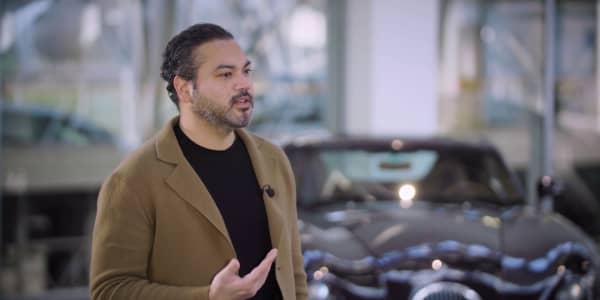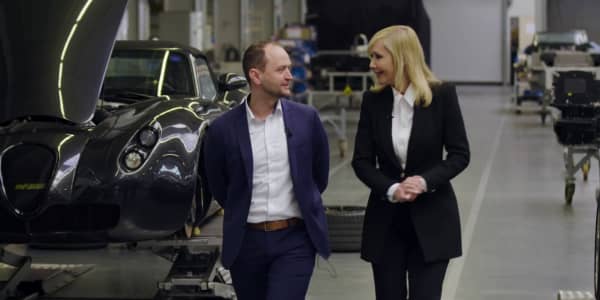Hyperloop Transportation Technologies (HTT), one of the companies building Elon Musk's vision of the future of travel, has unveiled the material it will use to construct the project, as well as highlighting that it wants to integrate services from Uber and Lyft.
Hyperloop works by transporting a number of passengers in capsules that would be propelled by magnets at a speed of 760 miles per hour – and plans to take you from Los Angeles to San Francisco in 30 minutes.
On Tuesday, HTT showed off how its construction will use Vibranium, a material made of carbon fiber with sensors embedded in it. HTT claims it is eight times stronger than aluminum and 10 times stronger than steel alternatives. It added that the sensors can transmit critical information regarding temperature and stability wirelessly, so any issues with the capsules can be fixed.

The capsule will be made with a dual-layer so if one layer breaks, the capsule will still be protected. But the sensors sending over damage information mean that HTT can take a broken capsule out of service immediately.
HTT said the technology was developed alongside Slovakian company C2i. HTT announced earlier this year that it has reached a deal with the Slovakian government to explore building a hyperloop in the country.
Earlier this month, HTT showed another part of its technology - the magnetic system that will help the pods levitate and move, as it looks to bring the project into reality.
One app to rule them all
While the hyperloop aims to get people from one city to the next in a short space of time, how are people going to get from their house to a hyperloop station?
This is a problem HTT thinks it can solve and announced an "innovation challenge" to be held in Bratislava in July. HTT is providing developers with a platform on which they can build transportation apps solving this so-called "first and last mile".
The idea would be to integrate apps such as Uber and Lyft into HTT's master app.
"Your Uber, Lyft, Taxi, will pick you up, bring you to the Hyperloop station or the airport, whatever is most convenient. It is one platform cooperating, bringing them all together," Dirk Ahlborn, chief executive of HTT, told CNBC in a phone interview.
For example, if you were looking to go from Los Angeles to San Francisco, you could type it into your app, it'll connect you to a driverless car that would take you to a hyperloop station.
"For us, we want to make travel suck less. We don't believe we are the best people who have the best ideas. We have great ideas, but can we solve them all?," Ahlborn said, explaining the thinking behind the project.
HTT has not announced any partners yet. When asked by CNBC if the company is talking to firms like Uber and Lyft, Ahlborn said it had been and was looking into "forming the first strategic relationships."
The "innovation challenge" fits into HTT's interesting crowdsourcing business model. The project has over 10,000 people who have day jobs at places which include NASA and SpaceX. They all contribute ideas to the project in their free time in return for stock options in the company.
But HTT is not the only company working on a hyperloop. Currently rival Hyperloop Tech is trialing its own version of the technology and hopes to have a 2-mile test track in action by the fourth quarter of this year.








